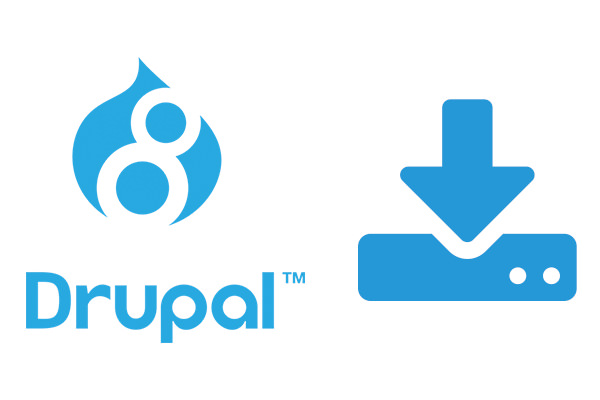Drupal is often known as a rich CMS platform and it allows developers to build dynamic websites with or without excellent PHP knowledge. Like other CMS platforms, users are able to add, modify and delete content through admin UI. There are many modules that can be installed, allowing us to add multiple features that are not available in Drupal’s original form. As an example, we can add banners, mailing list, modules related to e-commerce and others.
Drupal is a free CMS that’s written using another free web technology, PHP. Users are able to download it free of charge and modify the core system if they have enough programming skills. Depending on the version of Drupal, it needs a specific version of MySQL and PHP. When we install the latest version of Drupal, it is important to check its requirements. However, our web hosting often provides latest versions of Drupal, MySQL and other support system, through Fantastico in CPanel.
However, some people may want to this the harder way and install Drupal manually, instead of using Fantastico. This may allow them to understand better about the inner working of Drupal and it is possible for them to make a number of changes. First of all, we need to download the latest version of Drupal from its official website. The file is in Zip format and we can extract it with Winzip or other compression software tools. The next thing we do is locate the settings.php file in sites/default folder. We need to edit it, by typing our website domain and database information, such as username, password and its server.
The next thing to do is to use an FTP program such as FileZilla to upload the extracted Drupal files to our hosting’s storage. If we haven’t set up a MySQL database before, we need to go to the control panel of our web host and create a new database in a specified option. After we create it, we could type in our username and password in phpMyAdmin to create new MySQL tables. We could use it with the database.mysql file in the database folder.
This is the only thing we do to install Drupal and we could simply open the browser and type in our domain name. We will be asked to create a new Drupal account and we will get a full admin right.
It’s obviously a more difficult thing to do than using pre-installed PHP script. In Cpanel, we could click Fantastico and choose Drupal. The installer will do the above things for us and all we need to do is to create an account. After we have a full admin right for Drupal, we would need to perform some additional settings.
We may find the installation directory folder of Drupal and we could find stores files, including used avatars and custom logos. We may create the subdirectory and set up the proper read-and-write permission. We will also need to setup necessary cron jobs and we could open the cron page by looking for the cron.php file, located in our root directoy.

